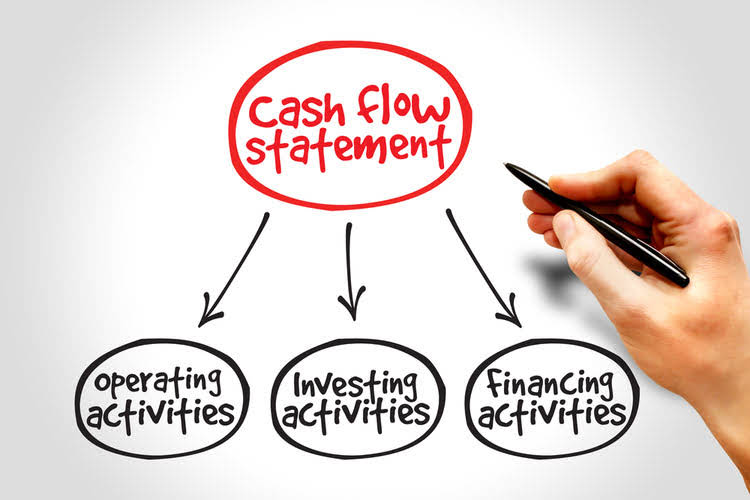
Below is a break down of subject weightings in the FMVA® financial analyst program. As you can see there is a heavy focus on financial modeling, finance, Excel, business valuation, budgeting/forecasting, PowerPoint presentations, accounting and business strategy. Since IRR does not take risk into account, it should be looked at in conjunction with the payback period to determine which project is most attractive. As an alternative to looking at how quickly an investment is paid back, and given the drawback outline above, it may be better for firms to look at the internal rate of return (IRR) when comparing projects. Depreciation is a non-cash expense and therefore has been ignored while calculating the payback period of the project.
How to Calculate the Payback Period
A positive ROI indicates a profitable investment, while a negative ROI suggests a loss. A higher ratio means more earnings are distributed as dividends, while a lower ratio suggests greater retention. By following these steps, you can efficiently calculate the payout ratio in Excel for financial analysis. The management of Health Supplement Inc. wants to reduce its labor cost by installing a new machine in its production process. For this purpose, two types of machines are available in the market – Machine X and Machine Y. Machine X would cost $18,000 where as Machine Y would cost $15,000.
Get up to $1,000 in stock when you fund a new Active Invest account.*
Learn financial statement modeling, DCF, M&A, LBO, Comps and Excel shortcuts. Thus, the project is deemed illiquid and the probability of there being comparatively more profitable projects with quicker recoveries of the initial outflow is far greater. Julia Kagan is a financial/consumer journalist and former senior editor, personal finance, of Investopedia.
- In your dataset, the cumulative cash inflow represents the total cash generated by the investment up to a certain year.
- Prior to calculating the payback period of a particular investment, one might consider what their maximum payback period would be to move forward with the investment.
- This works well if cash flows are predictable or expected to be consistent over time, but otherwise this method may not be very accurate.
- The Payback Period shows how long it takes for a business to recoup an investment.
- This payback period calculator is a tool that lets you estimate the number of years required to break even from an initial investment.
- Jim estimates that the new buffing wheel will save 10 labor hours a week.
- That’s why a shorter payback period is always preferred over a longer one.
Payback method
According to payback method, the project that promises a quick recovery of initial investment is considered desirable. If the payback period of a project is shorter than or equal to the management’s maximum desired payback period, the project is accepted, otherwise rejected. For example, if a company wants to recoup the cost of a machine within 5 years of purchase, the maximum desired payback period of the company would be 5 years. The purchase of machine would be desirable if it promises a payback period of 5 years or less.

Payback Period and Capital Budgeting

In simple terms, the payback period is calculated by dividing the cost of the investment by the annual cash flow until the cumulative cash flow is positive, which is the payback year. Using the payback period to assess risk is a good starting point, but many investors prefer capital budgeting formulas like net present value (NPV) and internal rate of return (IRR). This is simple payback period formula because they factor in the time value of money, working opportunity cost into the formula for a more detailed and accurate assessment. Another option is to use the discounted payback period formula instead, which adds time value of money into the equation. To calculate the cumulative cash flow balance, add the present value of cash flows to the previous year’s balance.

Looking at the example investment project in the diagram above, the key columns to examine are the annual “cash flow” and “cumulative cash flow” columns. Payback focuses on cash flows and looks at the cumulative cash flow of the investment up to the point at which the original investment has been recouped from the investment cash flows. Management uses the cash payback period equation to see how quickly they will get the company’s money back from an investment—the quicker the better.
In most cases, a longer payback period also means a less lucrative investment as well. A shorter period means they can get their https://www.bookstime.com/ cash back sooner and invest it into something else. Thus, maximizing the number of investments using the same amount of cash.
Payback Period (Payback Method)

